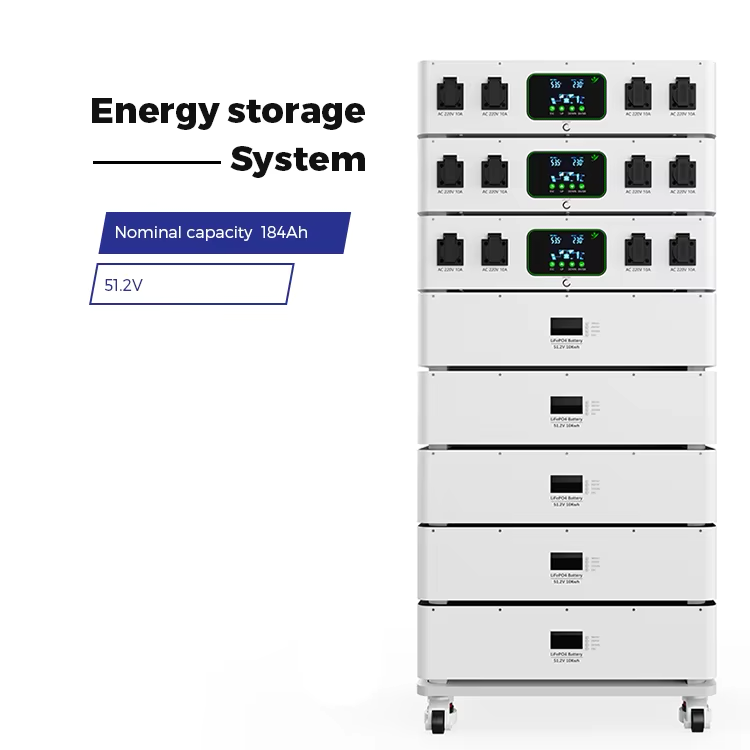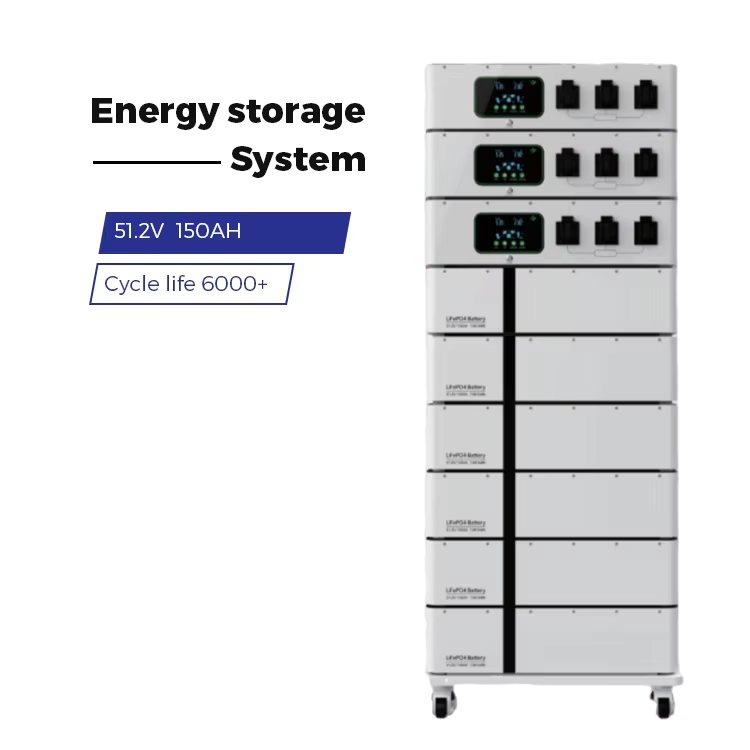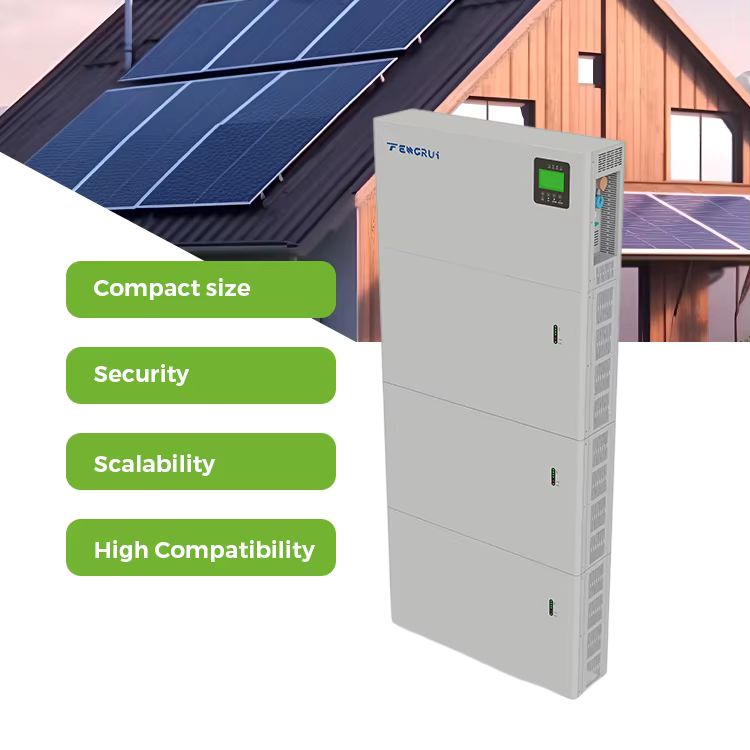solar inverter
A solar inverter serves as the cornerstone of any solar power system, performing the crucial task of converting direct current (DC) electricity generated by solar panels into alternating current (AC) electricity used in homes and businesses. This sophisticated device acts as the system's brain, constantly monitoring power output and providing real-time data on energy production. Modern solar inverters incorporate advanced features such as Maximum Power Point Tracking (MPPT), which optimizes energy harvest by adjusting to varying sunlight conditions and environmental factors. These devices come in various configurations, including string inverters for larger installations, microinverters for individual panel optimization, and hybrid inverters that can interface with battery storage systems. Solar inverters also include built-in safety features such as rapid shutdown capabilities and ground fault protection, ensuring safe operation and compliance with electrical codes. Additionally, many contemporary models offer smart monitoring capabilities, allowing users to track system performance through mobile apps or web interfaces, making energy management more accessible and efficient for both residential and commercial applications.


